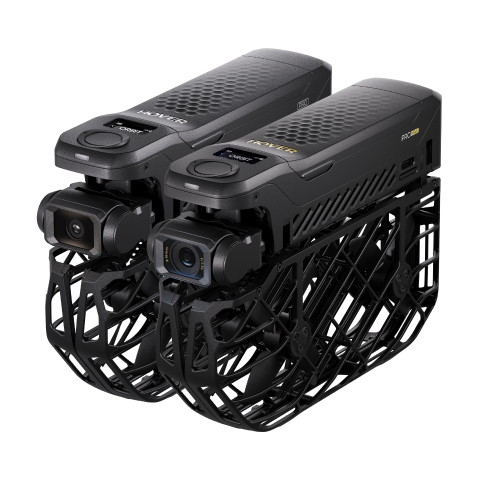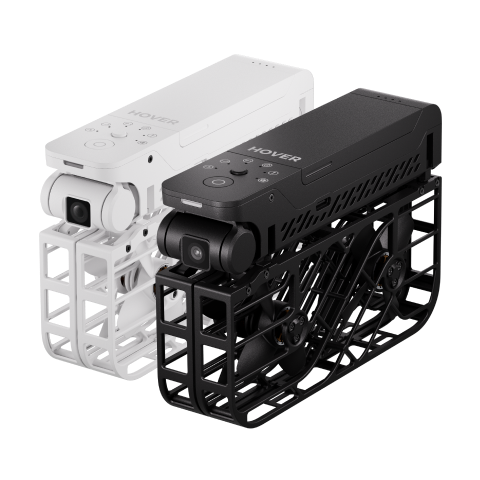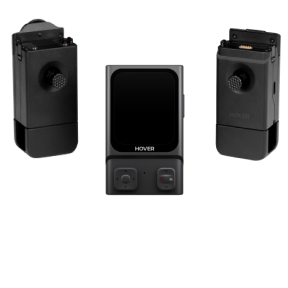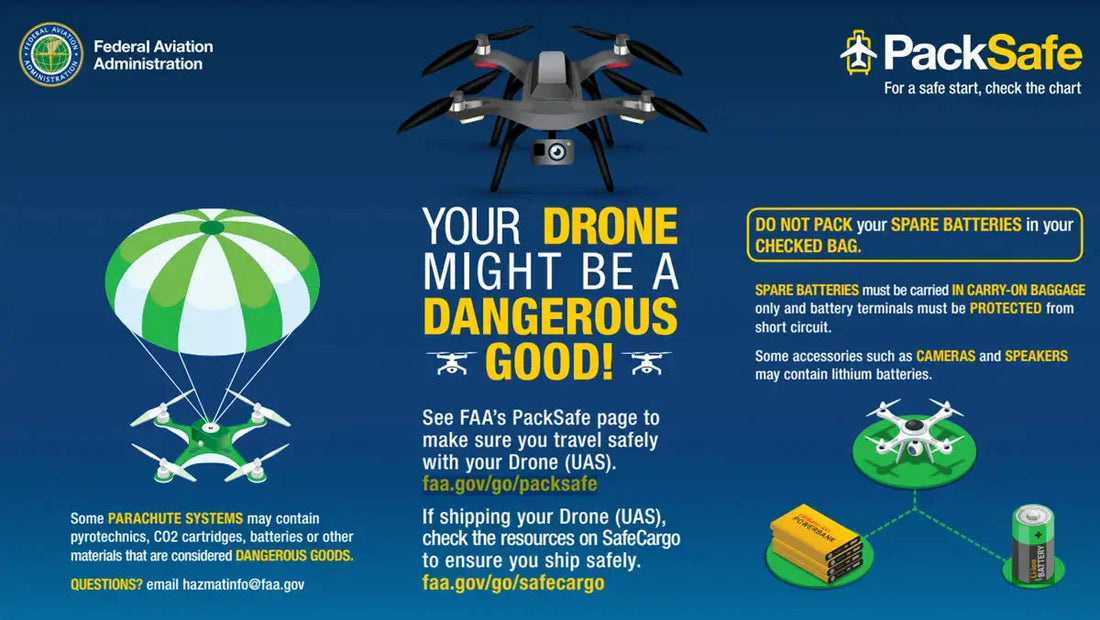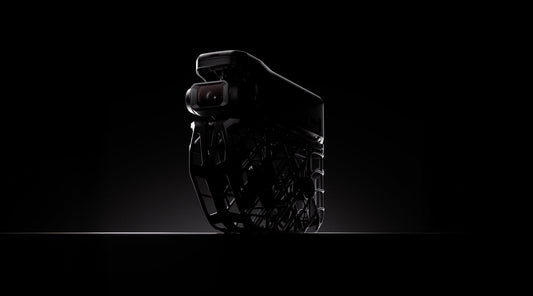Introduction:
Traveling with a drone can be a great way to document your trip, offering unique perspectives and opportunities for capturing stunning aerial footage. However, to ensure a seamless journey, it's essential to navigate the complex web of drone regulations and travel logistics at your chosen destination.
This comprehensive guide will equip you with the knowledge and tips needed to make your drone travel hassle-free and enjoyable.
Check Drone Laws and Regulations at Your Destination:
Before you embark on your journey, it is advisable to check the local regulations regarding drones in the destination country. This information is typically available on the civil aviation authority's website or relevant institutions in the local country. The following is a checklist of considerations:
1. Check the classification of your drone – whether it is for recreational, commercial, military purposes, etc. HOVERAir X1 generally falls under the category of recreational drones.
2. Check whether flying in the country requires advance application or registration, such as obtaining certificates from authorities like the FAA, CAAT, or a flyer ID. For instance, in the United States, registering your aircraft on the FAA’s website is necessary if it weighs over 0.55 lbs (0.25 kg).
In the UK, even though drones weigh less than 250g, if they are equipped with a camera, you need to register an operator ID. Please note that HOVERAir X1 is less than 250g, but equipped with camera. Some countries may require applications several days in advance, and approval is necessary before normal flight operations can commence. Therefore, to save time, it is crucial to plan your schedule and itinerary in advance.
3. Check for any weight restrictions; some countries may have limits, for example, not exceeding 5kg or 7kg.
4. Determine if there are regulations for visual line-of-sight flying.
5. Check if there are restrictions on flying during nighttime.
6. Be aware of any altitude restrictions.
7. Understand the no-fly zones, especially areas where populations gather or significant transportation infrastructure is present. You must adhere to the restrictions in these areas and respect the designated no-fly zones.
8. Is liability insurance required?When traveling outside the U.S. be aware that some countries require liability insurance. You’ll need to do your due diligence to make sure you have the proper documents. Also, don’t forget about your drone warranty. Accidents happen while in the air.
Packing Your Drone for Air Travel:
Preparing your drone for air travel requires careful consideration. Additional tips include:
a. Powering Off: Turn off all drone components and ensure the remote controller is in transport mode. This prevents accidental activation during transit.
b. Protective Case: Invest in a durable case to safeguard your drone from potential damage. Cases with custom foam inserts provide an extra layer of protection.
c. Airline Communication: Contact your airline beforehand to clarify whether you can carry the drone in your carry-on or if it must be checked. Airlines may have specific guidelines for transporting drones.
Handling Drone Batteries on an Airplane:
Navigating battery regulations is crucial for air travel. Further insights include: It is essential to check the Wh of your specific batteries. Most small consumer drone batteries have less than 100 Wh of capacity, which is generally accepted on most flights. However, yours may be different and exceed the specific airline restrictions. Not exceeding 100 Wh, there is no specific limit on the quantity. However, if it exceeds 100 Wh, there may be restrictions on the number you can carry.
How to Calculate Power:
Power (W/h) = Capacity x Voltage.
For example, if your battery capacity is 2Ah, and the voltage is 3.7V (please note that the nominal voltage for lithium batteries is generally 3.7V), then the power = 2Ah x 3.7V = 7.4Wh. For HOVERAir x1, the battery capacity is 1050mAh, and the voltage is 7.7V. Therefore, the power = 1.05Ah x 7.7V = 8.085Wh. Hence, the battery power is well below 100Wh.
How to Pack Your Batteries?
You need to confirm with your airline whether the batteries should be removed from the drone. And in most regions, carrying batteries as checked baggage is not permitted. For example, according to the FAA regulations in the United States, you cannot pack spare batteries in your checked bag.
You can find additional information on flying with batteries and transportation of restricted items using the following resources:check https://www.faa.gov/hazmat/air_carriers/operations/drones#traveling_with_drone And you can follow these steps when packing LIPO batteries with 100 Wh or less in your carry-on luggage: And you can follow these steps when packing LIPO batteries with 100 Wh or less in your carry-on luggage:
-
1. To keep LIPO batteries from short-circuiting in your carry-on luggage, use one of the following methods:
- Leave the batteries in their original packaging,
- Tape the battery terminals,
- Use a battery case,
- Use a battery sleeve in a camera bag, or
- Place them snugly in a plastic bag or protective pouch.
2. Your batteries must be for personal use only (including professional use). Do not pack batteries for resale or vendor distribution.
3. Check with your airline to see if there are any restrictions on bringing LIPO batteries onboard in your carry-on bag.
Dealing with Customs:
Not every country has the same drone rules. You’ll need to check the country’s drone laws before traveling. As a safety net for U.S. travelers you may have the option to register your drone with customs as a “Personal Effect Taken Abroad” prior to traveling. This might come in handy when returning home so that there are no misunderstandings that your drone really is YOUR drone.
Check for any drone laws that apply to foreigners. Some countries require foreigners to obtain special permission to fly drones, which their citizens do not need. In some cases, countries outright prohibit foreigners from bringing drones through customs. When traveling with a drone, we encourage you to declare your drone (in a carry-on or a checked bag) with the appropriate customs officials.
Conclusion:
Traveling with a drone adds a dynamic dimension to your adventures, allowing you to capture breathtaking moments from a unique perspective.
By understanding and adhering to local regulations, communicating with airlines, and taking necessary precautions, you can embark on a drone-powered journey with confidence. Safe travels, and may your aerial endeavors be as boundless as the skies themselves!
